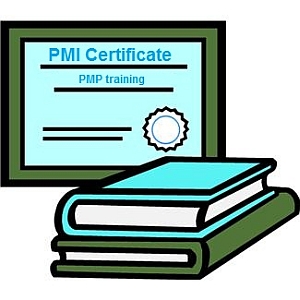3 Common Safety Concerns for the Workplace that You Need to Know

We all have to work for a living. As much as we all dislike hearing this simple fact, it remains true. As such, working comes with a certain risk level no matter what career path you choose.
Even a desk-bound office worker who sits safely in a cubicle has a certain risk when performing work-related activities. But, there are many careers where the risk involved is extremely high. And while some occupations compensate for this risk association by higher pay or added benefits, none of this actually reduces the risk.
Today, safety concern while at work is at an all-time high, especially since the onset of the COVID-19 pandemic in 2020. However, along with COVID-19, there are also a few more common risks to consider at the workplace.
Here, we’ll discuss a few common safety concerns that are present at many places of business.
Asbestos Exposure
Contrary to popular belief, asbestos has not been banned in the United States. In fact, asbestos continues to be used in many friction devices, fireproofing materials, roofing material, and in many everyday products.
Though most manufacturers who produce home building materials have stopped using asbestos, much of this dangerous product is still present in structures today. And, this presents a huge risk for anyone working around asbestos in any form, particularly construction workers, firefighters, industrial workers, and power plant employees. .
Asbestos inhalation causes mesothelioma, a lethal cancer that forms when asbestos fibers are inhaled or ingested. This causes scarring to mesothelial cells and thus tumors can develop as a result. If you’ve developed mesothelioma due to exposure, you also have a right to compensation, and many lawsuits are being been filed due to the development of this cancer.
Lifting
One of the most common ways to injure yourself on the job is by improper lifting of heavy objects. Though most occupations go over the proper way to lift in detail during training programs, safety briefings, or during orientation, this still remains a top cause of injuries in the workplace.
Heavy lifting is typically a part of industrial jobs, but you can still injure yourself by lifting items less than 50 pounds if you do so improperly. For example, a box of paper products might not seem like much to lift, but if you lift with your back in an awkward manner, you could do some serious damage to yourself.
Lifting should always be done with a partner if available, and always lift using your legs as the source of leverage, with your back straight and vertical.
Slips and Falls
A slip and fall are commonly associated with a grocery store scam or an occurrence that becomes more frequent with old age. However, a slip and fall at the workplace can also largely be avoided in most cases if an employee follows safety guidelines.
At the workplace, slips and falls are mostly related to climbing in and out of equipment, climbing ladders, and not wearing appropriate footwear. In restaurants, for example, kitchen and server area floors usually have a greasy residue over them due to the kitchen environment. As such, most restaurants stipulate wearing slip-resistant footwear in order to mitigate slips and falls.
In industrial and construction environments, slips and falls happen more frequently due to improperly climbing in and out of equipment. Often this is a result of mud or grease on shoes, or by using improper climbing techniques.
When climbing in and out of equipment, you need to first ensure that your footwear is clean and that you have three points of contact as you’re climbing. This means securely using two hands and one foot at all times as you climb up or down.
Safety is a concern of all employers, and keeping employees safe at work is essential to a good working environment. Your best defense from accidents or injury at the workplace is by being knowledgeable about the materials you’re working around and by wearing proper protective equipment while on the job.














